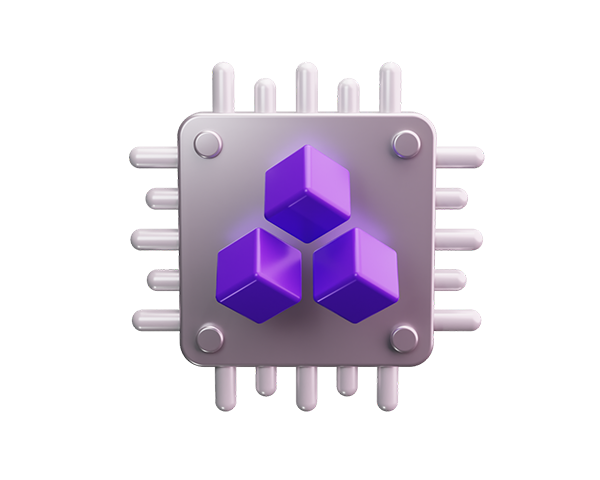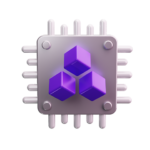From Theory to Practice: Real-Life Success Stories of Implementing TOGAF
In the realm of enterprise architecture, TOGAF (The Open Group Architecture Framework) stands out as a comprehensive framework that provides a structured approach to designing, planning, implementing, and governing enterprise information architecture. While the theoretical benefits of TOGAF are well-documented, real-life success stories offer the most compelling evidence of its effectiveness. This blog delves into several case studies showcasing how organizations have successfully implemented TOGAF, transforming their operations and achieving strategic goals.
1. Global Financial Services Firm: Streamlining Operations
A leading global financial services firm faced challenges with fragmented IT systems and processes across its various business units. The lack of a cohesive architecture led to inefficiencies, increased operational costs, and difficulties in regulatory compliance.
Implementation of TOGAF:
- Architecture Development Method (ADM): The firm utilized TOGAF’s ADM to create a unified enterprise architecture. This involved a comprehensive assessment of existing systems and processes, identifying redundancies, and defining a target architecture that aligned with business objectives.
- Enterprise Continuum: Leveraging the Enterprise Continuum, the firm developed a roadmap for transitioning from the current state to the target architecture, ensuring that all stakeholders were aligned and informed.
Results:
- Operational Efficiency: The streamlined architecture reduced redundancies, leading to significant cost savings.
- Compliance: Enhanced data governance and standardized processes improved regulatory compliance.
- Agility: The unified architecture enabled quicker responses to market changes and regulatory requirements.
Healthcare Provider: Enhancing Patient Care
A regional healthcare provider sought to improve patient care by integrating its disparate health information systems. The existing setup led to fragmented patient records, impacting the quality of care and operational efficiency.
Implementation of TOGAF:
- Business Architecture: The provider focused on developing a business architecture that mapped out patient care processes, identifying critical touchpoints and information flows.
- Data Architecture: A robust data architecture was designed to ensure seamless data exchange across different systems, enabling a unified view of patient records.
Results:
- Improved Patient Care: Integration of health information systems led to more accurate and complete patient records, enhancing the quality of care.
- Operational Efficiency: Streamlined information flows reduced administrative overhead, allowing healthcare professionals to focus more on patient care.
- Patient Satisfaction: Enhanced care coordination and reduced wait times significantly boosted patient satisfaction.
Manufacturing Giant: Driving Digital Transformation
A global manufacturing giant embarked on a digital transformation journey to stay competitive in an increasingly digital market. The company faced challenges with legacy systems and siloed data that hindered innovation and operational efficiency.
Implementation of TOGAF:
- Technology Architecture: The company used TOGAF to develop a technology architecture that embraced modern technologies such as IoT, AI, and cloud computing.
- Transition Planning: TOGAF’s detailed guidelines for transition planning helped the company manage the migration from legacy systems to new digital platforms, ensuring minimal disruption to ongoing operations.
Results:
- Innovation: The new technology architecture enabled the deployment of IoT and AI solutions, driving innovation in product development and manufacturing processes.
- Efficiency: Improved data integration and process automation led to significant gains in operational efficiency.
- Market Competitiveness: The digital transformation positioned the company as a leader in the market, capable of quickly adapting to technological advancements and market trends.
Government Agency: Enhancing Public Services
A government agency aimed to improve the delivery of public services by modernizing its IT infrastructure. The agency struggled with outdated systems, which impacted service delivery and citizen satisfaction.
Implementation of TOGAF:
- Governance Framework: The agency implemented a governance framework based on TOGAF principles, ensuring that IT initiatives aligned with public service goals.
- Integrated Architecture: A holistic enterprise architecture was developed, integrating various departmental systems and enhancing inter-departmental communication and data sharing.
Results:
- Service Delivery: The modernization of IT infrastructure led to faster and more reliable public services.
- Citizen Engagement: Enhanced online services and improved accessibility increased citizen engagement and satisfaction.
- Transparency and Accountability: Improved data management and reporting capabilities boosted transparency and accountability within the agency.
Conclusion
These real-life success stories underscore the transformative potential of TOGAF when applied effectively. From streamlining operations in financial services to enhancing patient care in healthcare, driving digital transformation in manufacturing, and improving public services in government, TOGAF provides a robust framework for addressing complex architectural challenges. By moving from theory to practice, organizations can leverage TOGAF to achieve strategic objectives, enhance operational efficiency, and drive innovation. As these case studies illustrate, the key to successful TOGAF implementation lies in its adaptability to the unique needs and contexts of different organizations.



